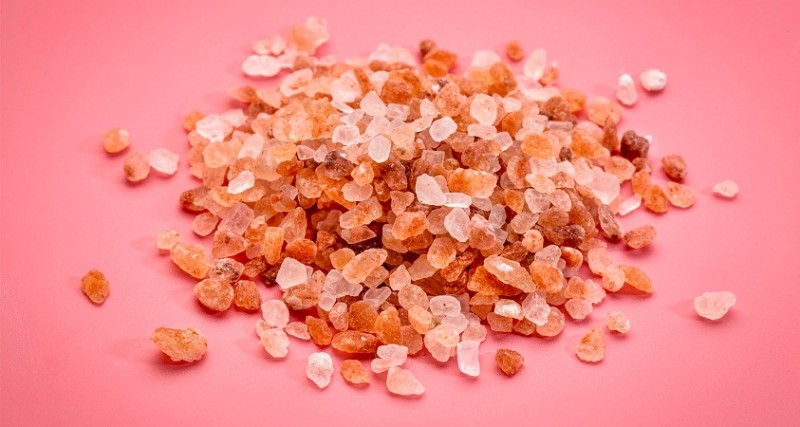
Pink Himalayan salt is everywhere. Not only can you find it in grocery and specialty food stores, but its charming hue has also made it a literal fixture in home goods like table lamps.
Folks have made many health claims regarding Himalayan salt over the years. Some say salt lamps help purify the air. Some say it can detoxify the body of heavy minerals. Some have even suggested it can increase libido. What do scientists have to say about these claims? Are there any tangible Himalayan salt health benefits? Or is it possible that this mineral may cause harm instead of good?
Himalayan salt is a rich source of minerals and elements such as potassium, iron, and calcium. Both minerals help our bodies’ normal detoxification mechanism and facilitate bacteria elimination. Reduces blood pressure: Sea salt is finely refined, has fewer minerals, and contains more sodium than Himalayan salt. When you replace sea salt with Himalayan salt, your body processes it more easily, so it does not need as much water to flush out the extra sodium as it does if you had used table salt.
Furthermore, Himalayan salt is especially rich in iodine, which food manufacturers artificially bind to table salt during processing. Himalayan salt contains natural iodine, which is very good in assisting the body to create an electrolyte equilibrium, assisting the intestines in absorbing nutrients and reducing blood pressure.
Improves digestion: The high mineral content of Himalayan salt aids in the pH balance of your body. Our bodies have greater immunity and are better able to store and absorb food while our pH levels are healthy. Improves respiratory health: Many people claim that salt therapy, which entails inhaling salt-infused air, can help with lung problems like chronic obstructive pulmonary disease, or COPD.
Lifestyle: Elderly deserve serious attention in the Covid times
Identify if your immunity is strong or weak in this way, these are the symptoms
Personalized Cancer vaccine: safe for patients with different cancers, including lung and bladder